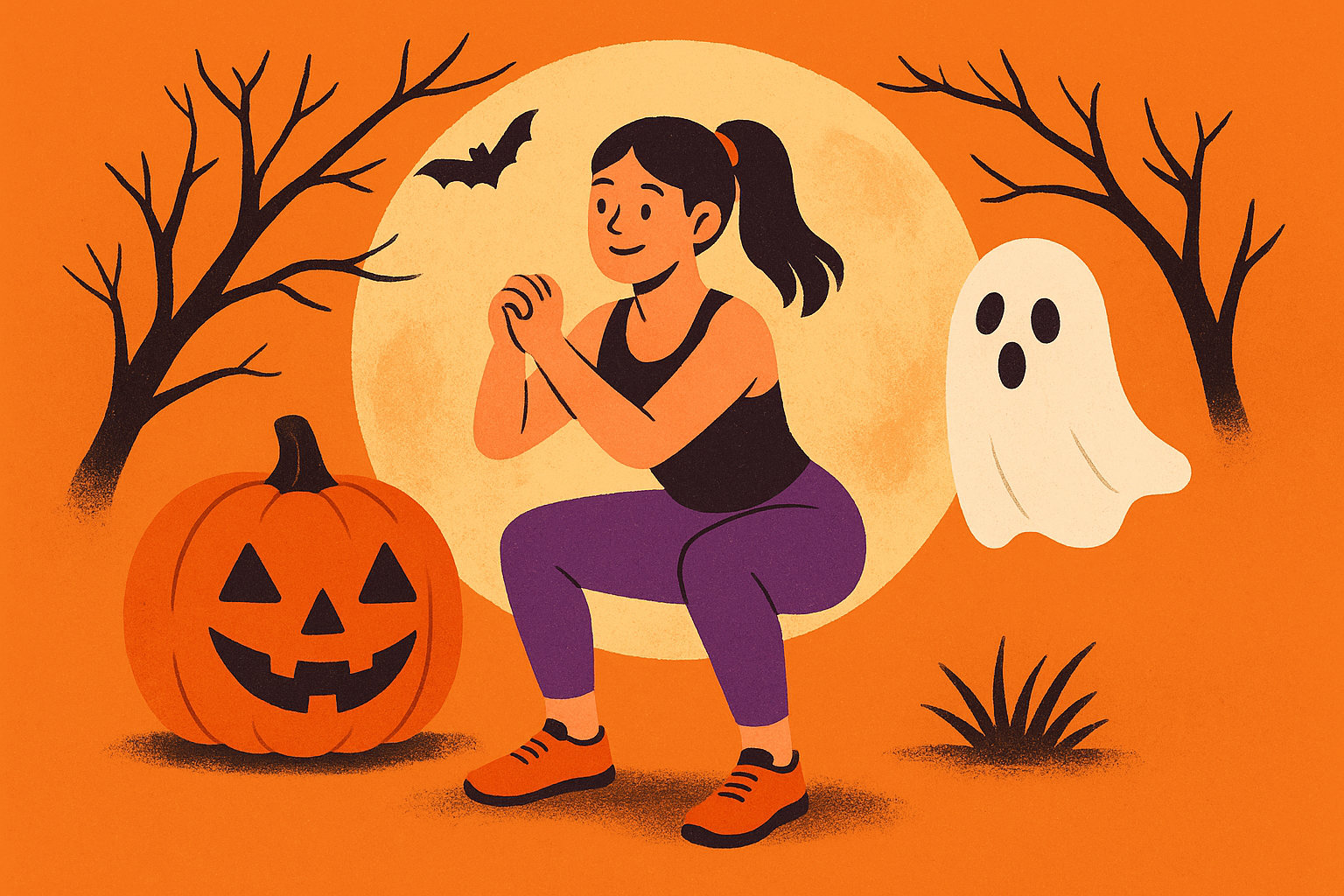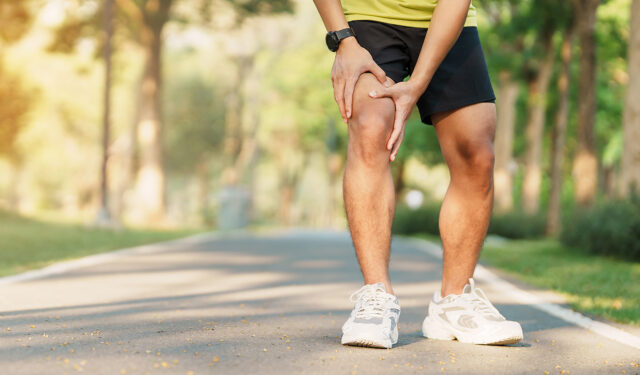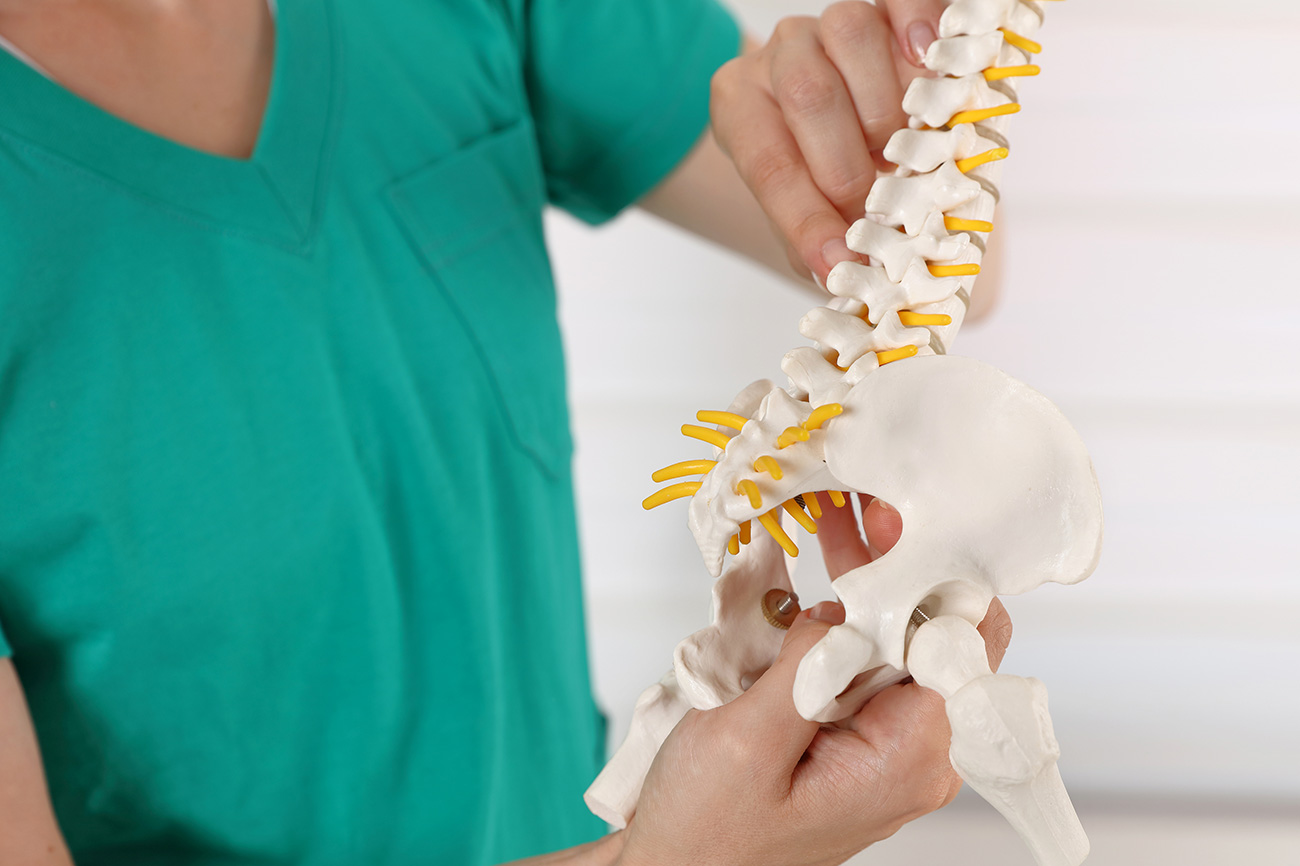How to Reduce Your Risk of Injury
To stay injury-free:
Common Running Injuries (And What You Can Do)
Plantar Fasciitis
Cause: Overstretching or tearing the thick tissue under your foot
Symptoms: Heel pain that’s worse in the morning
Prevention: Stretch your calves and Achilles tendon, check for fallen arches, and consider orthotics
Treatment: Chiropractic care focuses on improving foot mechanics and relieving tension in the plantar fascia.
Bursitis and Tendonitis
Areas Affected: Knees and ankles
Bursitis: Inflammation of the small fluid-filled sac (bursa) that cushions tendons
Tendonitis: Inflammation of a tendon from overuse
Symptoms: Pain and stiffness, especially with movement
Treatment: Adjustments, soft tissue therapy, and rehabilitation exercises can help restore function and reduce inflammation.
Achilles Tendonitis
Cause: Repetitive stress or poor biomechanics
Symptoms: Pain in the back of the heel, worsens with running
Prevention: Stop running if pain develops, and have your feet assessed
Treatment: Chiropractic adjustments, heel lifts, and custom insoles help reduce stress on the tendon.
Shin Splints
Cause: Poor posture, bad shoes, flat feet, or running on hard surfaces
Symptoms: Pain along the front or sides of the shin
Prevention: Wear supportive shoes, stretch calves, and use proper running technique
Treatment: Chiropractic care includes muscle work, taping, and addressing biomechanical issues.
Stress Fractures
Cause: Repetitive stress, often from increasing training too fast
Symptoms: Pain in the lower leg or foot, especially during weight-bearing activity
Note: Stress fractures may not show on X-rays for the first two weeks
Treatment: Rest, activity modification, and rehab guided by a chiropractor
Ankle Sprains
Cause: Uneven terrain, trail running, or missteps
Symptoms: Pain, swelling, and instability in the ankle
Immediate Treatment: Rest, Ice, Compression, Elevation (RICE)
Prevention and Rehab: Chiropractic adjustments can improve ankle stability and prevent future sprains.
Runner’s Knee
Cause: Uneven pressure on the cartilage behind the kneecap
Symptoms: Pain while running or after sitting with knees bent
Treatment: Chiropractic techniques can help align the knee and strengthen surrounding muscles.
Cause: Overuse, especially from running on uneven ground
Symptoms: Pain on the outer side of the knee, especially mid- to late-run
Treatment: Soft tissue therapy, adjustments, and rehab exercises to correct mechanics and reduce tension
How to Avoid Running Injuries
Most running injuries happen because of doing too much too soon. Here’s how to train smarter:
Increase mileage by no more than 10% per week
Drop mileage every third week to allow recovery
Mix hard and easy days
Include rest or cross-training days
Stretch regularly
Wear supportive, shock-absorbing shoes
Get assessed by a chiropractor to improve posture and running form
Don’t ignore pain — it’s a warning sign
Chiropractic Treatment for Runners
When you visit a chiropractor for a running injury, here’s what to expect:
Initial Consultation
We take a full medical history and assess your posture, movement patterns, and lifestyle.
Examination and Diagnosis
A physical exam (and X-rays if needed) helps us understand the source of the problem.
Treatment Plan
You’ll receive a personalised plan which may include:
Gentle joint adjustments to improve movement
Soft tissue therapy
Modalities such as Low-Level Laser, Ultrasound, or Interferential Therapy
A rehabilitation program to restore strength and flexibility
Our goal is to restore full function, improve control and coordination, and help you return to running safely and stronger than before.
Ready to Run Pain-Free?
Don’t let injury slow you down. If you’re experiencing pain or discomfort from running, contact us today for expert chiropractic care and guidance tailored to runners.
Call us or reach out to the Isis Chiropractic Centres to book your consultation.



